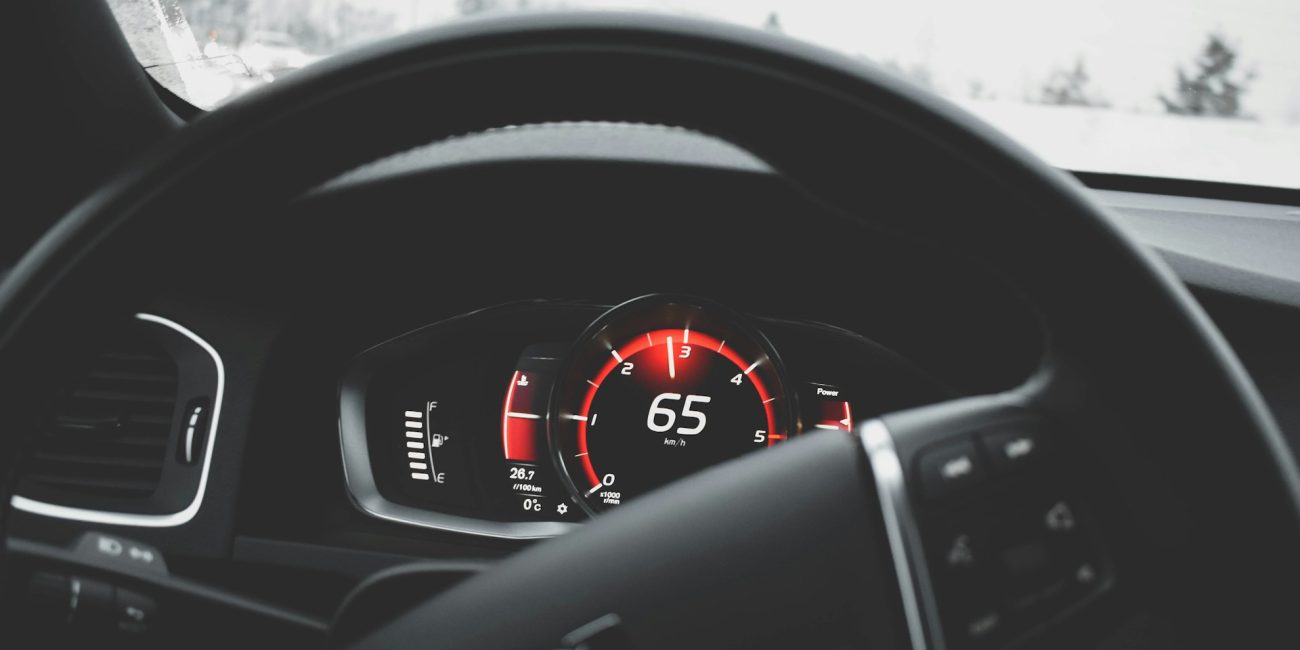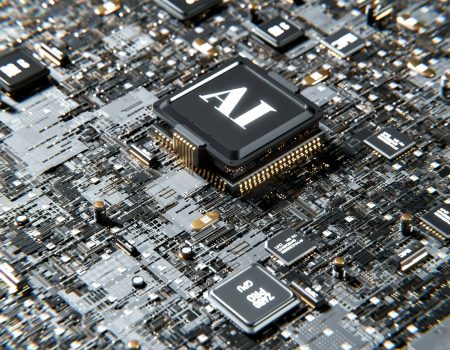5G technology in cars refers to the integration of high-speed 5G mobile networks into vehicles to enable faster, smarter, and more connected driving experiences. It’s a major step forward from 4G in terms of speed, latency, and reliability.
🔑 Key Features of 5G in Vehicles
| Feature | What It Means | Benefit |
| Ultra-fast data speed | Much faster than 4G | Real-time updates, smoother infotainment |
| Low latency | Almost zero delay in communication | Instant emergency alerts, faster response |
| High device capacity | Connects many devices at once | Multiple sensors, passengers’ devices, smart city systems |
| Greater reliability | Stable connection even at high speeds | Works better on highways and remote |
🚗 What Can 5G Do in Cars?
✅ Vehicle-to-Vehicle (V2V) communication
Cars can talk to each other to share hazards, speed, and location.
✅ Vehicle-to-Infrastructure (V2I)
Cars can communicate with traffic lights, smart roads, tolls, and parking systems.
✅ Enhanced ADAS & self-driving
Helps autonomous features like lane-assist, collision avoidance, and self-driving systems work better.
✅ Over-the-air (OTA) updates
Car software updates like smartphones—faster & more secure.
✅ Improved infotainment
High-quality video streaming, cloud gaming, advanced navigation.
✅ Emergency services
Instant crash reporting and emergency communication.
🌐 Example Uses
- Tesla, BMW, Audi, and Mercedes use 5G for advanced driver assistance and OTA updates
- Smart highways in the US, Europe, and China connect with 5G-enabled cars
- Ride-sharing & delivery fleets use 5G for real-time tracking and automation
🎯 Why It Matters
5G is the backbone of future autonomous vehicles and smart transportation systems. It improves:
- Safety
- Traffic efficiency
- Driving comfort
- Vehicle intelligence
In short, 5G cars communicate like smartphones on wheels, making driving smarter, safer, and more connected.








No Comment! Be the first one.